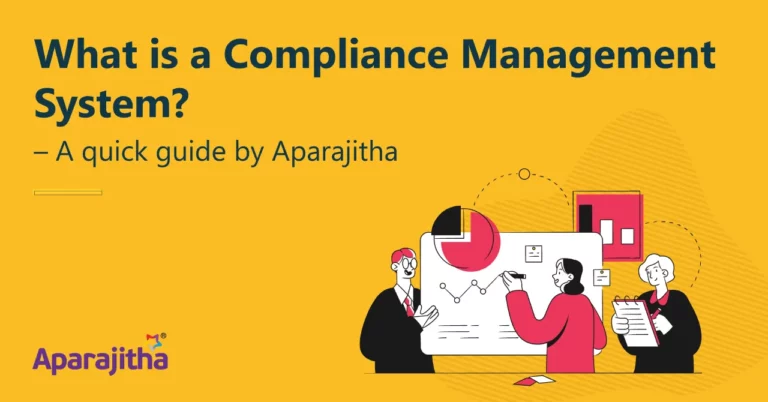The Government of Puducherry has taken proactive measures to address the challenges posed by extremely hot weather and heat waves anticipated during this summer season. They have mandated steps for managing and mitigating the adverse effects of these climatic conditions. This directive applies to all occupiers, employers, construction companies, and industries, emphasizing the provision of essential amenities to workers during this period of extreme hot weather and heat waves.
Is Staying Hydrated with Water and ORS Costing a Fortune?
Puducherry government has mandated that employers will have to ensure sufficient drinking water, ORS, Buttermilk and other rehydration sources is provided to employees.
Is it very expensive that employers can’t afford it? Absolutely not!
Employers can easily ensure that their employees stay hydrated during hot weather without a lot of money spent. 20-litre water cans cost just ₹40 each or even less at wholesale rates, homemade buttermilk will cost around ₹5 per glass, and ORS packets range from ₹5 to ₹10 each packet. For example, if there are 100 employees, the total expenditure on hydration resources could be as low as ₹1400 to ₹2000 per day, and out of this amount, the employer is already spending around half of it on regular basis regardless of the hot weather. So adhering to this directive is more beneficial to the employer because through this the employees well being is secured and a good employee-employer relationship is maintained.
Quick Fixes to Keep Workers Cool and Safe On-Site
For employees who work outdoor on sites for longer durations, the government of Puducherry has directed that employers will have to build temporary shelter to provide shade to the workers during peak heat hours. In order to do this the employer will have to invest some money in developing a shelter, but it will prove to be very beneficial to them because if the employees are continuously exposed to sunlight in peak heat hours, there is a high chance that they may faint or be affected by a heat related illness. If that happens the employer will have to incur huge costs to treat the worker, moreover it may happen to more than one worker. So if the employer is hesitant to build a temporary shelter, then the consequences will be much worse. On the other hand if the employer builds the temporary shelter, the employees can take refuge under it during peak heat hours and resume work after the heat is reduced, this will ensure that the work proceeds without any delay or sickness.
4 Hour Break and Return to Work! Is it Actually Beneficial?
Employees who work in corporate offices and indoor spaces need not worry much about the hot weather, but for employees who do outdoor work, the circular has prescribed that their employers have to shift the outdoor working hours to cooler hours. If that directive is to be followed then the employer would leave the workers for a 4 hour break from 12 – 4 p.m. This 4 hour break and return to work is highly impractical as it would affect other aspects of the employee’s life. This includes factors like: picking up their children from school, travelling for long distances etc. So this directive cannot be very stringently be followed, instead some relaxations and flexibilities can be made by the employer such as: starting of outdoor work early, employees working night shifts etc. Adhering to this directive is like a temporary suffering for both the employer and the employee, because they will have to deter to a large extent from their regular routine to adjust to the weather, but the positive aspect is that it is only for a short period of time, i.e.) until summer is over.
More Employees Less Work, Nightmare For Employers!
One of the directive states that employers should assign more employees to reduce the workload on other employees. The aim behind this is to prevent any heat related illness to employees who have higher workload. But this is a nightmare to the employer because, the employer will have to appoint more employees, pay them wages and in return all the employees do lesser work. In addition to this after the summer season is over and the heat is gone, the employer will have extra employees for whom he’ll be paying wages for no reason at all. Basically this directive imposes a huge unfair expense on the employer, one possible solution to mitigate this issue would be for the employer to assign temporary or contract labors only for the period of hot weather. Even in this method the employer will have to bear some costs, but at least his misery will end with the summer.
First Aid: Seemingly Present, Yet Absent
Every industry has first aid kits available for the employees working in the premises regardless of the hot weather. The problem is that even though it is made available, it serves no purpose because no one knows how to use it properly. There is an absence of trained personnel who can administer first aid effectively. Employers should prioritize ensuring that first aid resources are readily available and that designated personnel are adequately trained to respond to any emergency promptly. Now in addition to that, the first aid kits have to be equipped with ice packs and other materials required to prevent heat related illness.
Awareness and Training is Key!
Most of the workers who do manual work, outdoor work etc are not very much aware about the circumstances around them, they just focus on getting the work done so that they can earn for a living. So it is the duty of the employer to ensure that all workers are thoroughly briefed on the potential impact of extreme heat and the associated health risks. Equally important is training workers on how to support their colleagues during such challenging conditions. Workers must be familiarized with the symptoms of heat-related illnesses, enabling them to promptly recognize and assist any affected individuals. Having awareness of the circumstances is not only applicable to the employees; the employers will also be up to date on the weather in India so that they can take the necessary measures in advance.
Essential Precautions for Safeguarding Pregnant Women & Vulnerable Workers in Extreme Heat
Pregnant workers and those with underlying medical conditions may be particularly vulnerable to the effects of extreme heat. While they may already receive certain benefits, additional precautions are necessary to safeguard their well-being. Employers should prioritize the safety of these individuals by requiring them to consult with their physician before undertaking any work in extreme heat conditions. This ensures that appropriate precautions are taken and that the health and safety of these workers are effectively managed.
Stay informed on the latest government regulations and compliance updates!
Enquire Now to keep yourself compliant and ahead of the curve!







